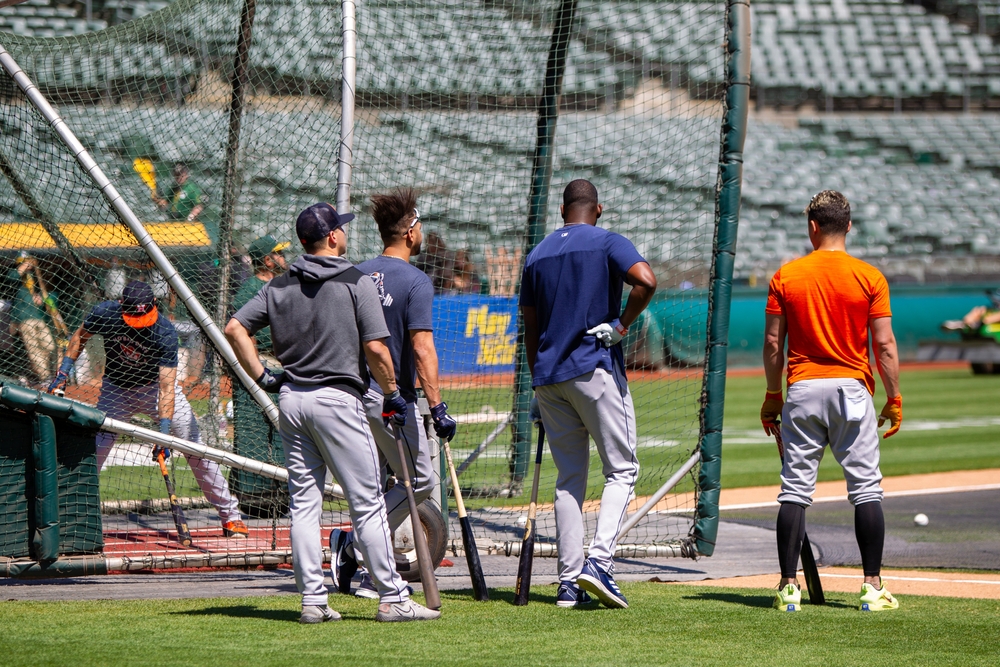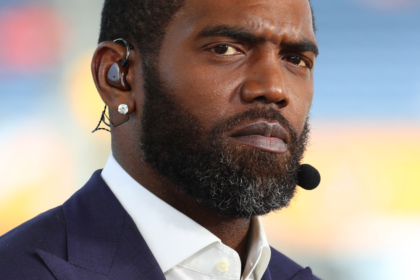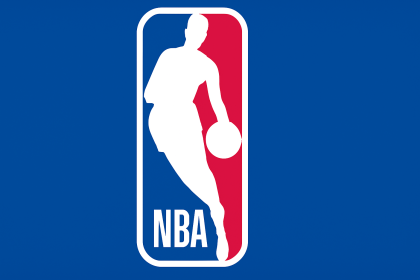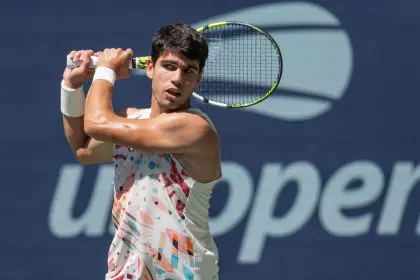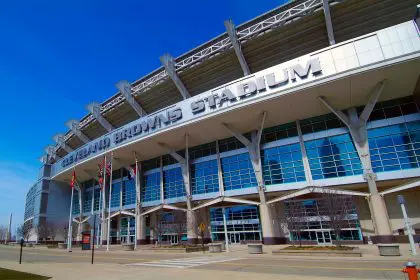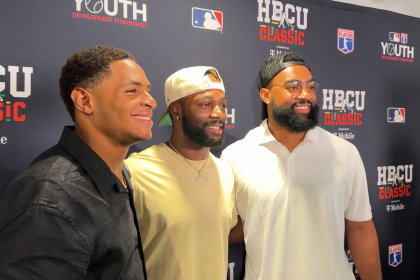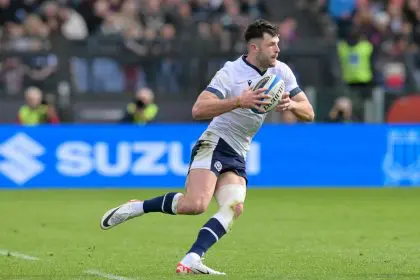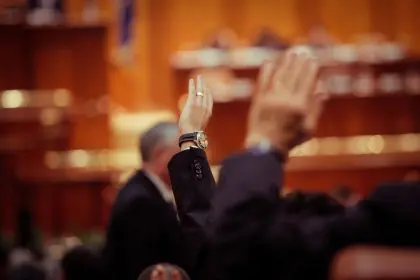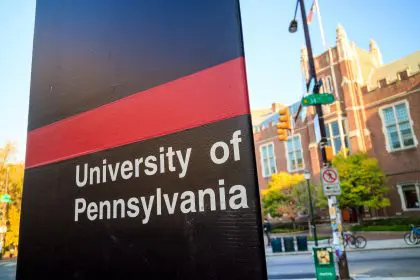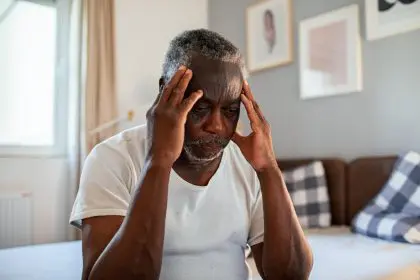The Houston Astros just received the kind of devastating news that can derail entire championship seasons. Yordan Alvarez, their offensive cornerstone and one of baseball’s most feared sluggers, has suffered a significant setback in his recovery from a broken right hand and now faces an uncertain timeline for his return.
What started as optimism about a potential weekend return has transformed into a nightmare scenario where Houston’s best hitter will be shut down indefinitely until specialists can figure out what’s going wrong. When your franchise player can’t even take batting practice without experiencing pain, you know the situation has become truly serious.
The crushing blow that nobody saw coming
Alvarez arrived at Houston’s spring training complex in West Palm Beach on Tuesday expecting to continue his rehabilitation progress, but instead experienced immediate pain that forced an abrupt halt to all baseball activities. This setback came just one day after what appeared to be a successful workout and three days after taking batting practice at Daikin Park.
The timing couldn’t be more brutal for the Astros, who had been cautiously optimistic about getting their offensive catalyst back in the lineup as soon as this weekend against the Dodgers. Instead, they’re now facing the possibility of an extended absence that could stretch well into the summer.
Dana Brown’s admission that the team doesn’t want to push Alvarez through anything suggests Houston recognizes the severity of this setback. When organizations start talking about letting players heal completely rather than rushing back, it usually signals that the injury is more complicated than initially believed.
The misdiagnosis disaster that made everything worse
Perhaps the most concerning aspect of Alvarez’s situation is how dramatically the initial diagnosis missed the mark. What was originally labeled as a simple muscle strain turned out to be a fracture that wasn’t discovered until late May when Alvarez experienced pain during hitting activities.
This kind of diagnostic error can have serious long-term consequences for both player health and team planning. When medical staff misses a fracture for weeks, it raises questions about whether proper healing protocols were followed from the beginning.
The fact that imaging was required to reveal the actual extent of the injury suggests that Alvarez’s hand problem may be more complex than a straightforward broken bone. Sometimes what appears to be healing progress can actually mask underlying complications that only become apparent when players attempt to return to full activity.
Why this injury timeline keeps getting worse
Alvarez has now been sidelined for nearly two months, which represents a massive chunk of the baseball season for Houston’s most productive offensive player. The 28-year-old slugger has been incredibly consistent, hitting 31 or more home runs in each of the past four seasons, making his absence even more impactful.
The uncertainty surrounding his return creates enormous challenges for Houston’s roster construction and playoff planning. Teams can survive short-term injuries to key players, but extended absences from franchise cornerstones require fundamental adjustments to offensive strategy and lineup construction.
The fact that Houston felt he was close to returning before this latest setback makes the situation even more frustrating. When teams start seeing light at the end of the tunnel only to have setbacks occur, it creates additional pressure on both medical staff and organizational decision-making.
The specialist consultation that reveals everything
Houston’s decision to have Alvarez evaluated by a specialist signals that his injury has moved beyond the expertise of the team’s medical staff. When organizations bring in outside experts, it usually means they’re dealing with complications that require specialized knowledge or different treatment approaches.
The specialist evaluation will likely determine whether Alvarez needs additional intervention, different rehabilitation protocols, or possibly surgical procedures that weren’t initially considered necessary. Sometimes hand injuries that seem straightforward can develop complications that require completely different treatment strategies.
This consultation phase creates even more uncertainty for Houston’s planning purposes, as they won’t know what steps to take next until receiving expert medical opinions. That kind of limbo makes it nearly impossible to set realistic expectations for return timelines.
The Jeremy Peña injury that compounds Houston’s problems
As if losing Alvarez wasn’t challenging enough, the Astros also placed shortstop Jeremy Peña on the injured list with a fractured rib, creating additional holes in their everyday lineup. When teams lose multiple key players simultaneously, it tests organizational depth in ways that few franchises can withstand.
Peña’s injury, while likely shorter-term than Alvarez’s situation, still removes another important offensive contributor during a crucial part of the season. The combination of these injuries forces Houston to rely more heavily on role players and prospects who may not be ready for expanded responsibilities.
The recall of infielder Shay Whitcomb from Triple-A Sugar Land represents the kind of roster shuffling that championship contenders prefer to avoid. When teams are calling up players from the minor leagues to fill everyday roles, it usually indicates that injuries are having serious impacts on competitive ability.
What this means for Houston’s championship window
The Astros entered this season with legitimate World Series aspirations, but extended absences from their best hitter could fundamentally alter those expectations. Alvarez’s offensive production is essentially irreplaceable, as few players in baseball combine his power potential with consistent performance.
Houston’s aging core makes every season increasingly valuable, which puts additional pressure on the organization to find ways to remain competitive despite these injury setbacks. When championship windows start closing, losing key players for extended periods becomes even more costly.
The uncertainty surrounding Alvarez’s return timeline makes it difficult for Houston to determine whether they should be buyers or sellers at the trade deadline. Teams typically want clarity about their key players’ health before making major roster decisions.
The recovery challenges that lie ahead
Hand injuries can be particularly tricky for hitters because they directly impact the ability to grip the bat and generate power through the swing. Even after the bone heals completely, Alvarez may need extended time to rebuild strength and confidence in his affected hand.
The fact that he’s experiencing pain during basic baseball activities suggests that his recovery will require patience and careful monitoring rather than aggressive rehabilitation. Sometimes the best approach is allowing complete healing even if it means missing additional time.
Houston’s medical staff will need to balance the desire to get their star player back quickly with the long-term health considerations that could impact the remainder of his career. Making the wrong decision now could create problems that extend well beyond this season.
This Alvarez setback represents exactly the kind of injury nightmare that can transform promising seasons into disappointing ones, leaving the Astros scrambling to find offensive production while their best hitter works toward an uncertain return timeline.

